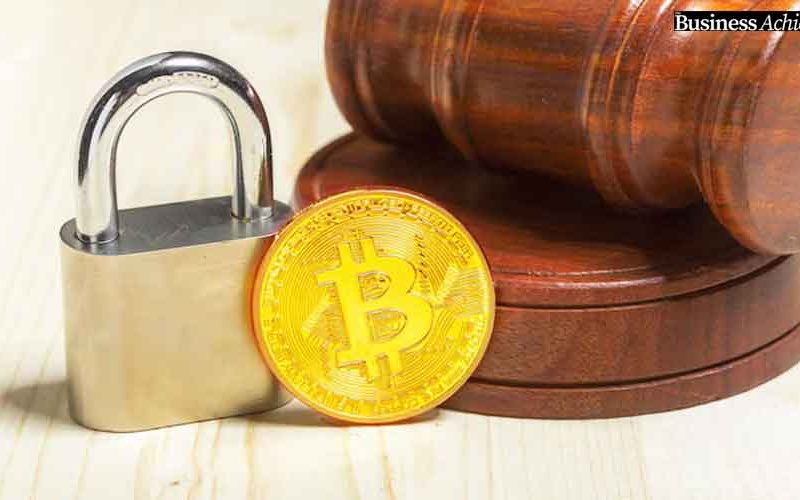FinCEN and FIU Regulations Demand Continuous Reporting and Record-Keeping from Crypto Exchanges
In the fast-evolving landscape of digital finance, the cryptocurrency market faces a singular challenge—trust. Trust fuels participation, investment, and innovation. Without it, confidence breaks, systems fail, and growth slows.
The very nature of crypto—borderless, decentralized, and fast—makes it vulnerable to misuse. Criminals target it to launder money, finance illegal activities, and bypass traditional financial systems.
To counter this, global regulators are stepping in. At the center of their approach stands a key pillar: Anti-Money Laundering, or AML. These AML policies protect markets from being exploited.
Anti-money laundering policies are meant for altruistic users who want to shield themselves against financial crime. And now they are mandatory and not optional for crypto businesses, which want ideally to remain legal and secure and respected.
The Role of AML in a Trustworthy Crypto Environment
The rise of crypto has introduced unparalleled freedom in financial transactions. But with freedom comes responsibility. Anti-Money Laundering frameworks serve as the gatekeepers against illegal financial activities. These policies don’t only protect platforms—they secure the integrity of an entire global financial movement.
Every transaction tells a story. Whether it’s a simple transfer between wallets or a large cross-border trade, transaction histories are critical. Transaction monitoring systems help identify unusual behaviors, such as rapid fund movements or structured transactions below reporting thresholds. These flags trigger alerts and prompt deeper reviews.
KYC: Revealing Identity, Preventing Abuse
Identity also plays an equally fundamental aspect. This is where KYC comes in. Know Your Customer checks eliminate the veil that can cover bad elements.
Through KYC, platforms verify identities, detect fake credentials, and assess user risk levels. The clearer the identity, the harder it is to hide illicit intentions.
Global Standards Raise the Bar
Global standards are rising to meet crypto’s expansion. Regulations from entities like the Financial Action Task Force (FATF) now mandate travel rule compliance. This rule requires virtual asset providers to share sender and receiver information, even across international borders. It reintroduces traceability, one of the strongest defenses against criminal misuse.
In the United States, FinCEN enforces strict reporting duties on exchanges. In India, platforms must register with the Financial Intelligence Unit (FIU), ensuring constant monitoring and clear record-keeping. Across Europe, the emergence of centralized AML authorities signals a unified push toward cohesive global governance.
The Cost of Non-Compliance
Failures to comply are costly. Binance’s recent $4 billion penalty stands as a stark reminder. Lack of compliance not only invites fines but also damages credibility.
Trust once broken in the crypto world takes years to rebuild—if at all. It’s a risk too large for serious players to ignore.
Technology as an AML Ally
Technology actually makes all the difference. ML and AI-based systems, such as those offered by AU10TIX and Compilot.ai, are replacing the typical manual processes.
They monitor behaviors, spot patterns, and automate checks. These assurances of compliance must now only be ensured, but also be made scalable.
Human Oversight Still Matters
But software is not the end of compliance. Human oversight is indispensable. Internal teams are expected to conduct regular audits of the process, keeping the policies current with all the new threats, and maintain records of all suspicious cases.
As highlighted by Sumsub, records must remain intact for years, serving as evidence if regulators ever call.
Challenges for Smaller Platforms
Small platforms have the steepest mountains to climb. With small budgets, such companies often cannot afford more people and access to advanced tools. The full implementation of AML may therefore be a difficult task. But it cannot be neglected. Products such as cloud-based compliance platforms and shared intelligence networks are minimizing deficits for these players.
Healing the Loophole in Decentralized
Crypto’s open nature presents unique risks. Pseudonymity, peer-to-peer transactions, and decentralized protocols create blind spots. Criminals exploit these gaps. But with proactive compliance, the gaps can be closed. Policies must evolve just as fast as the threats they’re meant to stop.
AML: A Foundation for Sustainable Growth of Crypto
AML is not simply a box to check. It’s a core function of operating legitimately. It creates a cleaner ecosystem, where investors feel safer and innovation isn’t derailed by criminal influence. The more secure the market, the more sustainable its growth.
Looking ahead, crypto’s survival won’t hinge on coin value or hype cycles—it will depend on trust. Trust built by AML policies, enforced by smart technology, and respected through global cooperation.






